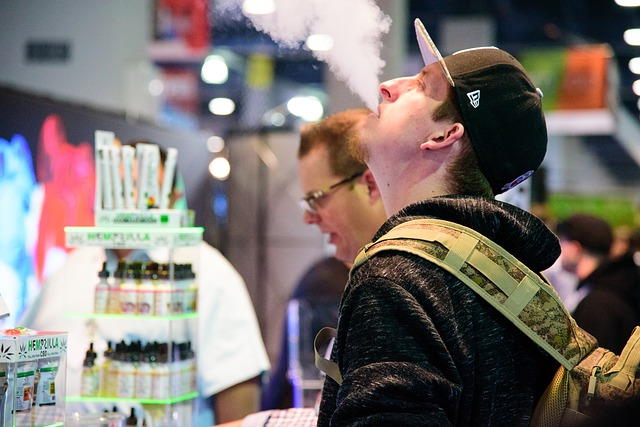
While many policymakers insist that bans on vape flavours could reduce teen vaping, real-world data indicate otherwise.

Signed into law in 2020, Proposition 31 banned the sale of flavoured tobacco and vaping products. However, despite their aim to reduce tobacco harm, smoking cessation experts have long argued that such bans are ineffective, leading consumers to seek alternative channels like overseas purchases or the black market. Reports from California support this claim, revealing a surge in online shopping for flavoured cigarettes and vapes after the law went into effect.
In fact, a study published in the journal Tobacco Control on November 7th, highlighted a significant increase in online shopping queries, with a 194% rise for cigarettes and a 162% spike for vaping products, surpassing anticipated levels.
Blackmarkets always thrive through bans
Simultaneously, the blackmarket has thrived, posing challenges to local authorities as well as the $7 billion U.S. vaping market, in regulating the influx of unauthorized flavoured vaping products. Proposition 31 has once again raised questions about the effectiveness of flavour bans and their ability to achieve harm reduction objectives in the complex landscape of tobacco consumption.
Despite the U.S. Food and Drug Administration (FDA) refusing entry to a record number of shipments—374 in 2023 compared to 118 in 2022—11,500, countless new vaping products are currently available in U.S. stores, a 27% increase from 9,000 products in June. The surge is primarily in disposable e-cigarettes, generating $3.2 billion in sales during the first 11 months of 2023.
The FDA struggles to keep up
The FDA has approved only a few e-cigarettes for adult smokers, which automatically categorized all others as illegal. However, the chaotic state of the market is evident as companies continually introduce new products, often with slight variations enough to circumvent import bans. In fact, the rise in vaping products persists despite a record number of products detained at U.S. ports.
The LA Times recently reported that in December, the FDA and U.S. Customs and Border Protection disclosed the seizure of over 1.4 million illegal e-cigarettes, valued at $18 million, at Los Angeles International Airport. However, industry shipping tactics, such as mislabeling shipments, challenge effective import restrictions. For instance, illegal vapes have been disguised as items like shoes and toys, requiring officials to individually verify the contents of over two dozen containers.
The PMTA process has been a general failure
Despite the FDA’s efforts to collaborate with customs officials and send warning letters to U.S. stores selling unauthorized products, the agency faces challenges in penalizing foreign companies directly. Additionally, the FDA is still struggling to complete the lengthy PMTA process, further complicating regulatory efforts.
The delays have prompted calls for alternative approaches, such as making decisions about entire classes of e-cigarettes instead of reviewing individual products, to adapt to the evolving market landscape. Certain health entities are also urging the FDA to consider banning all flavoured disposable vapes, which are widely used by underage teens. However, tobacco harm reduction experts highlight that these products also present an easy entry point into vaping to smokers considering the switch in order to reduce harm or quit smoking.
